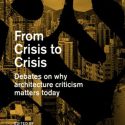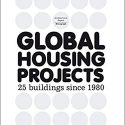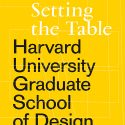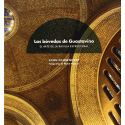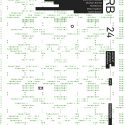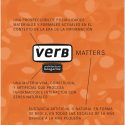From Crisis to Crisis
From Crisis to Crisis examines how reading, writing and criticism can address the urgent issues faced by architecture today, including: the role of the architect in the era of specialization; the function of criticism in diverse political, economic and cultural contexts; and, the possibility of architectural education to take on history, theory, civic engagement and political participation. Drawn from an international public symposium organized in the spring of 2017 by the University of Hong Kong (HKU) Department of Architecture, the book is comprised in equal parts of focused essays and transcripts of the wide-ranging discussions. From Crisis to Crisis reflects Hong Kong’s ongoing transformation from a gateway between China and the world, to a regional hub opening up a new milieu for the cultural, economic, and intellectual resources of Asia. The HKU Department of Architecture is part of this ongoing transformation, attracting thinkers from Asia, North America, Australia and Europe to engage in critical, relevant dialogues. The publication reflects this diversity and is characterized by its flexibility, contingency, vitality, and open-endedness.
With contributions of: Anthony Acciavatti, Chris Brisbin, Sony Devabhaktuni, Françoise Fromonot, Seng Kuan, Xiaoxuan Lu, Jonathan Massey, Graham Brenton Mckay, Kamran Afshar Naderi, Angelika Schnell, Eunice Seng, Nasrine Seraji, Zhi Wenjun, Tao Zhu
